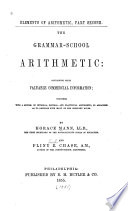 | Horace Mann - 1855 - 272 pages
...there are in the dividend more than in the divisor. S3. To divide any number by 10, 100, 1000, &c., remove the decimal point as many places to the left as there are zeroes in the divisor. q* When there are zeroes at the right hand of the divisor, cut them off, and... | |
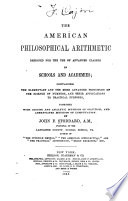 | John Fair Stoddard - Arithmetic - 1856 - 312 pages
...24'6. 8. Divide 2448 by '012 ART. 152. A decimal may be divided by 10, 100, 1000, &c., by removing the decimal point as many places to the left as there are ciphers in the divisor. If necessary, prefix ciphers to the dividend. f4'36 1 Divide ;3o:42; \ by w. [ 431-2 J T 146-34 T Divide... | |
 | Dana Pond Colburn - Arithmetic - 1856 - 392 pages
...writing the gicen multiplier. (c.) To express the quotient of a number divided by any power of 10, remoce the decimal point as many places to the left as there are zeros used in writing the gicen divisor. (d.) When, by such change, any places between the number and... | |
 | Joseph Ray - Arithmetic - 1857 - 348 pages
...millionths. Ans. 2500. 27. 1.5-5-. 7 , Ans. 2.142857+ *ART. 184. To divide a Decimal by 10, 100, 1000, &c., remove the decimal point as many places to the left as there are ciphers in the divisor : And, if there are not so many figures on the left of the point, supply the deficiency by prefixing... | |
 | Benjamin Greenleaf - Arithmetic - 1857 - 452 pages
...Ans. .000032. CONTRACTIONS IN DIVISION OF DECIMALS. 275. To divide a decimal by 10, 100, 1000, &c. Remove the decimal point as many places to the left as there are ciphers in the divisor, and if there be not figures enough in the number, prefix ciphers. Thus, 2.15 -r- 10 = .215 ; and 1.9... | |
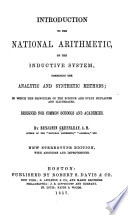 | Benjamin Greenleaf - Arithmetic - 1857 - 336 pages
...sign plus (-(-) can be used. NOTE 3. — When a decimal number is to be divided by 10, 100, 1000, &c., remove the decimal point as many places to the left as there are ciphers in the divisor, and if there be not figures enough in the number, prefix ciphers. Thus 1.25 -=- 10 = .125 ; and 1.7... | |
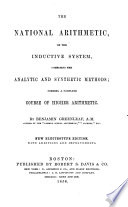 | Benjamin Greenleaf - Arithmetic - 1858 - 458 pages
...Ans. 64753000000. CONTRACTIONS IN DIVISION OF DECIMALS. 275. To divide a decimal by 10, 100, 1000, &c. Remove the decimal point as many places to the left as there are ciphers in the divisor, and if there be not figures enough in the number, prefix ciphers. Thus, 2.15 •— 10 = .215 ; and... | |
 | Benjamin Greenleaf - Arithmetic - 1858 - 472 pages
...Ans. 64753000000. CONTRACTIONS IN DIVISION OF DECIMALS. 275, To divide a decimal by 10, 100, 1000, &c. Remove the decimal point as many places to the left as there are ciphers in the divisor, and if there be not figures enough in the number, prefix ciphers. Thus, 2.15 -j- 10 = .215 ; and 1.9... | |
 | Benjamin Greenleaf - Arithmetic - 1858 - 332 pages
...sign plus (-)-) can be used. NOTE 3. — When a decimal number is to be divided by 10, 100, 1000, &c., remove the decimal point as many places to the left as there are ciphers in the divisor, and if there be not figures enough in the number, prefix ciphers. Thus 1.25 -f- 10 = .125 ; and 1.7... | |
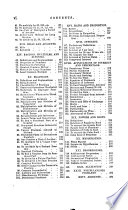 | Dana Pond Colburn - 1858 - 288 pages
...in writing the given multiplier. 2d. To dioide a number by 10, 100, 1000, or any other power of ten, remove the decimal point as many places to the left as there are zeroes used in writing the given divisor. 3d. When by such change any places are left vacant between... | |
| |